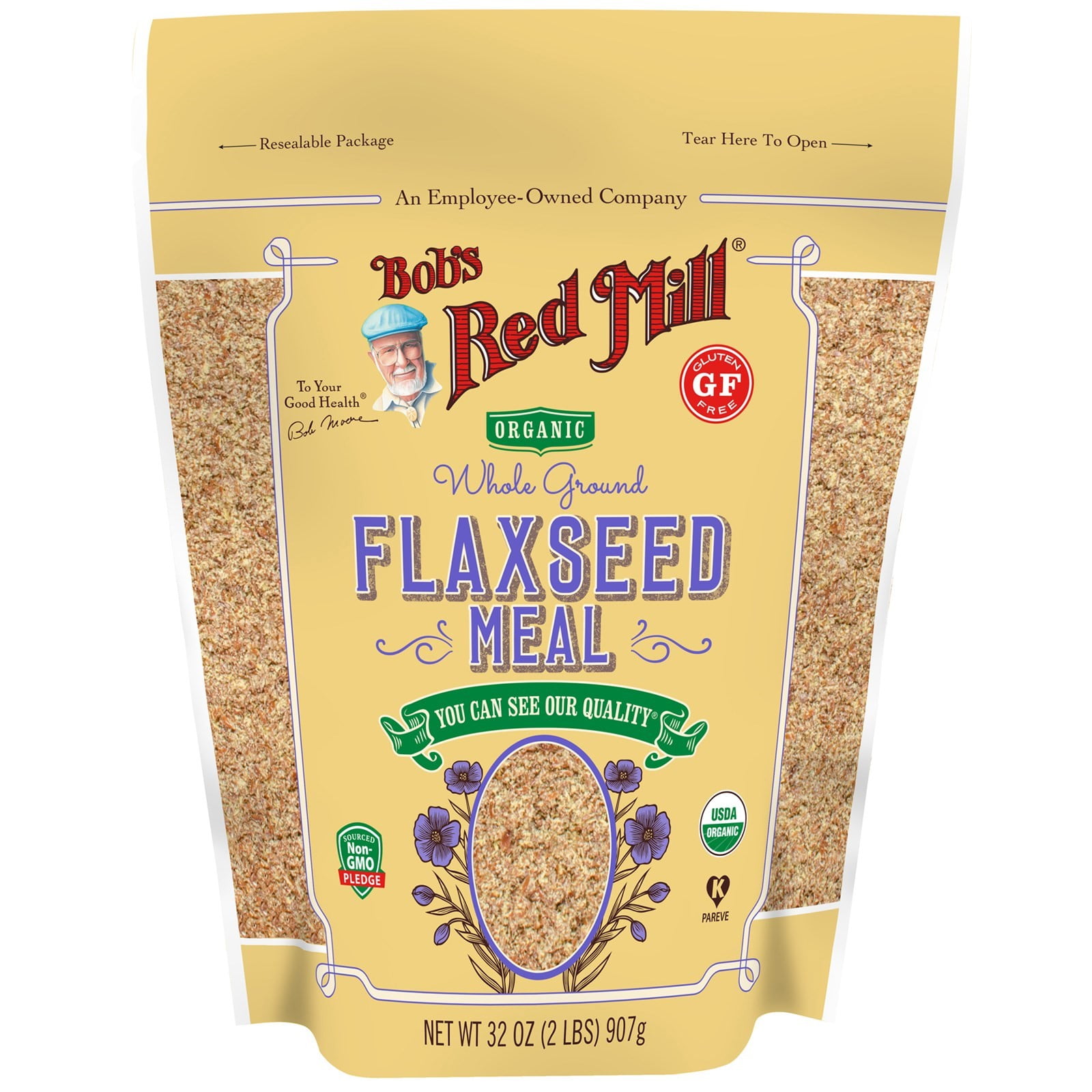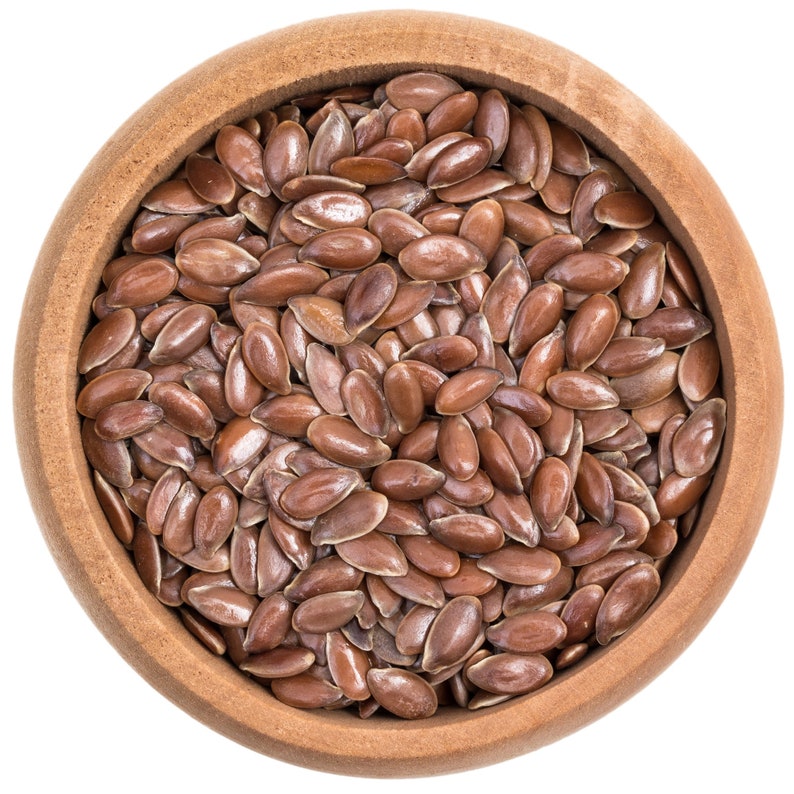

Not only does this process reduce the health benefits of your flaxseed, but some of these byproducts can actually be harmful to your health and reduce the nutrient profile of the seed itself. When exposed to oxygen and light, the highly reactive double bonds that create the molecule’s structure begin to oxidize and produce byproducts like aldehydes and lipid peroxides. That’s because the same structure that makes omegas so useful to cells in the body also sets these molecules up to degrade quickly. In fact, any food that contains a lot of healthy, good-for-your-heart fats is at an increased risk for spoilage compared to your typical dry grain, seed, or oil. If you haven’t guessed already, flaxseeds DO go bad.

Keep reading to find out if flaxseeds go bad and what you can do to extend the shelf life of this amazing superfood. But, once you do, you’ll want to make sure you are taking steps to keep all those important nutrients intact and preventing your seeds from spoiling.

Whole fleex seed full#
So, if you don’t have a bag full of these little seeds in your house right now, it is definitely worth it to go pick some up. And on top of everything else, flaxseeds are loaded with nutrients, fiber, and protein. Lignans are important in fighting inflammation and in reducing your risk for certain cancers. Not only are these little seeds packed with heart-healthy omega-3s, but they are also an antioxidant powerhouse containing 800 times more lignans than your typical fruit or veggie. When it comes to superfoods that actually live up to the hype, it’s harder to find a better, more versatile example than flaxseed.


 0 kommentar(er)
0 kommentar(er)
